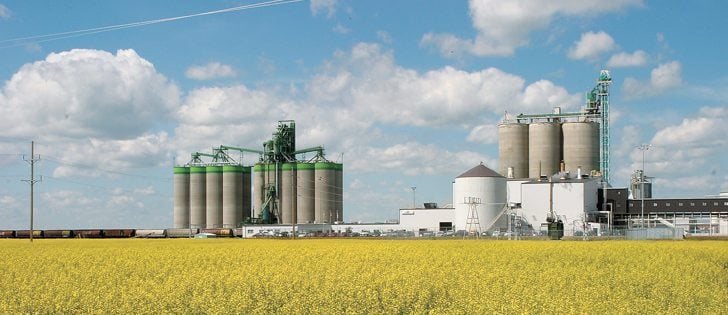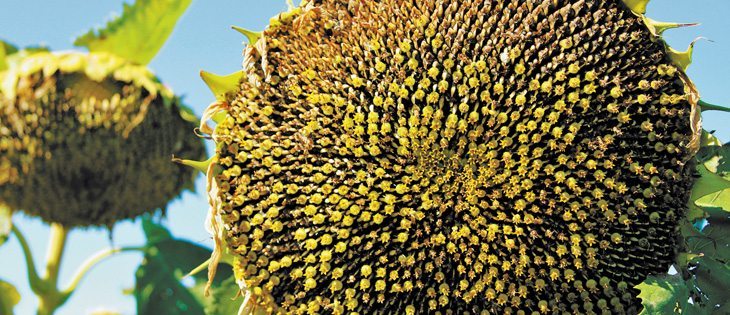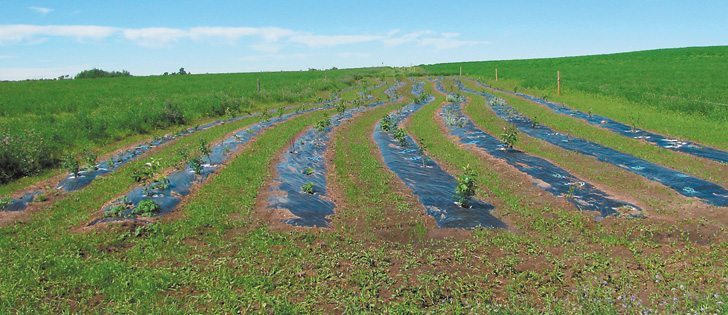With U.S. corn supply falling to dangerously low levels because of the worst drought in 50 years, the voices calling on the government to reduce its corn ethanol fuel mandate are rising.
The U.S. Department of Agriculture last week cut its corn yield estimate to the lowest level in 15 years and production is expected to fall to a six year low of 10.8 billion bushels. With less grain available, the USDA was forced to also slash its demand projections for feed, food, ethanol and exports.
But even with those cuts, stocks at the end of the crop year are expected to fall to a razor thin three-week supply.
Read Also

Huge Black Sea flax crop to provide stiff competition
Russia and Kazakhstan harvested huge flax crops and will be providing stiff competition in China and the EU.
Corn prices set new record highs last week. Wheat and other grains as well as oilseeds are also at unusually high levels.
That is pushing food prices higher and reviving memories of the food inflation in 2008 that sparked riots in several countries.
Last week, the director general of the United Nations Food and Agricultural Organization suggested that an immediate, temporary suspension of the U.S. ethanol mandate would provide respite to the market and allow more corn to go to food and feed markets.
The governors of Maryland and Delaware and 25 senators last week also called for revisions to the mandate, and the chief executive officer of Cargill said the market should dictate ethanol use.
The U.S. livestock industry has for weeks demanded that the ethanol mandate be suspended, saying sky high corn prices pose a grave risk for the livestock industry.
The mandate this year requires that nine percent of gasoline be made from renewable fuel, mostly corn ethanol.
Even with the USDA’s corn consumption reductions last week, about 40 percent of the crop will go to ethanol plants.
However, the ethanol industry is quick to note that a large portion of corn processed for ethanol is still available for feed.
When the feed equivalent of the byproduct distillers grain is added back to the equation, it means ethanol actually consumes only 29 percent of the U.S. corn crop.
Still, that is a big chunk of the crop.
However, some question whether lowering the ethanol mandate would make much difference anyway. The U.S. fuel system is now structured to use ethanol. It is considered an inexpensive octane booster.
Bruce Babcock, an economist at the University of Iowa, figures that suspending the mandate would reduce the amount of ethanol consumed to 12.3 billion gallons, down only 600 million gallons or less than five percent. The amount of corn saved for feed would be minimal.
There is no easy, quick remedy for this corn shortage. Some of the pressure will be reduced if South America can produce a bumper corn crop, but the real test will come next year when we’ll find out if U.S. farmers can put three bad crop years behind them and produce the size of crop they hoped to harvest this year.
















